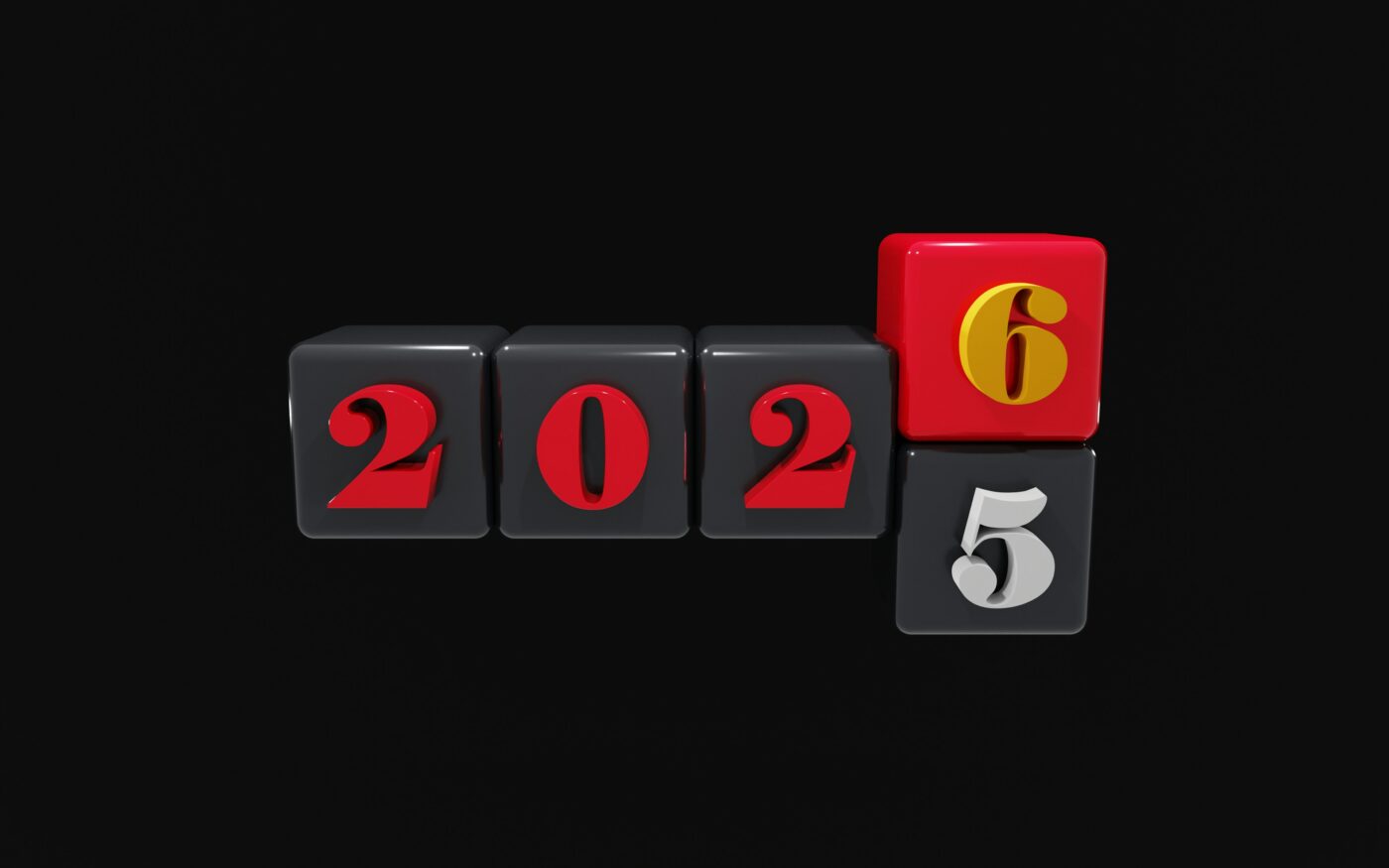Insights


Mind The (Visibility) Gap
Most IT environments are monitored, but only partially understood. As infrastructure becomes more complex, fragmented tools and outdated documentation create blind spots that slow response, increase risk, and undermine confidence. Closing the visibility gap is no longer a technical exercise. It is a business-critical capability for resilient, modern organisations.

The Speed of Change: How AI will Supercharge the 2026 Workforce
Discover how organisations can unlock the full value of AI by empowering their workforce, building strong foundations, and adopting a human plus AI model. Learn practical steps for AI transformation and how SysGroup supports companies in modernising infrastructure, integrating AI, and upskilling teams.

Cyber Essentials Changes in April 2026 What You Need to Know
Cyber Essentials will introduce major changes in April 2026, including stricter cloud service requirements, mandatory MFA and updated scoping and application development rules. This guide explains what is changing, why it matters and how organisations can prepare ahead of the deadline.

Legal: It’s Time for Your Cyber Essentials certification
From October 2025, all UK law firms holding a Criminal Legal Aid contract must have a valid Cyber Essentials certification. This new requirement from the Legal Aid Agency (LAA) reflects the growing urgency around cyber risk and the responsibility firms have to protect sensitive case data and client information.

How to Do More With Less in 2026: Why ‘Invest to Save’ Matters More Than Ever
Struggling to do more with shrinking budgets? In 2026, the secret isn’t cutting costs — it’s investing to save. Discover how automation, consolidation and smarter tech choices can reduce spend while increasing output.

Counting the Cost: How the M&S Cyber Breach Exposed the Price of Resilience
Marks & Spencer’s profits were halved after a cyber-attack left customers unable to shop online for months. The total cost exceeded £300 million. The message for every business is clear: resilience is not luck, it is preparation.




